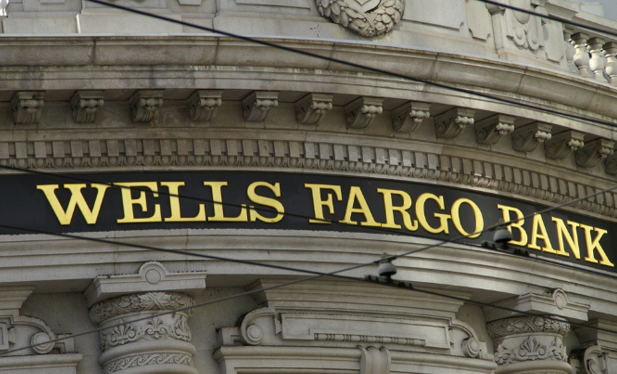Wells Fargo & Co. may have opened as many as 3.5 million fraudulent accounts in the last 15 years, according to consumers who are trying to beef up a settlement with the bank over abusive sales practices.
The bank reached a $110 million deal in late March to resolve a national class-action lawsuit over claims that employees may have opened more than two million deposit and credit-card accounts without customers’ permission since 2011. After the bank last month agreed to expand the accord to include dates as early as May 2002, lawyers for consumers on Thursday raised their estimate on the number of fake accounts, Bloomberg reported.
“This number may well be over-inclusive, but provides a reasonable basis on which to estimate a maximum recovery,” the attorneys said in a filing in San Francisco federal court. The new figure is based on public reports, negotiations and bank documents, according to the filing.
Wells Fargo questioned the accuracy of the latest estimate, which comes less than a week before US District Judge Vince Chhabria in San Francisco is slated to consider preliminary approval of the settlement. It was updated last month to provide $142 million.
“The unauthorized account number reported in Friday’s filing are estimates made by the plaintiffs’ attorneys based on a hypothetical scenario and have not been verified. The number of unauthorized accounts estimated in the filing do not reflect actual unauthorized accounts,” Jim Seitz, a spokesman for the bank, said in an emailed statement.
A consultant Wells Fargo hired to determine how many accounts could have been fraudulent found employees may have opened almost 2.1 million unauthorized accounts from May 2011 to July 2015. Regulators used the consultant’s deposit and credit-card account findings when they fined the bank $185 million in September over improper sales practices and a culture that drove employees to create fake accounts.
The class-action settlement, if approved, would cover reimbursement of wrongly charged fees, credit-damage relief and cash compensation amounting to $40 to $70 per fake account, if each consumer harmed by the bank submits claims. Plaintiffs’ attorneys have capped their fees at 15% of the deal value—up to $21 million of the $142 million settlement.


